

There’s no shortage of time management apps, hacks, gurus, and color-coded planners. But let’s be honest: managing time isn’t always the answer. There are times when it’s about managing your energy, your focus, or even your environment. In other words, if traditional time management techniques haven’t worked for you, maybe it’s time to try something new.
With that said, the following are 10 creative, counterintuitive, and effective ways to stay productive without obsessing over your watch.
1. Ritualize Your Start and End of Day
Instead of jumping in headfirst, create a consistent startup ritual to set the tone for your working day. Here are some examples of workday startup rituals;
- Establish clear objectives, prioritizing key tasks, breaking big projects into manageable steps, and reviewing broader objectives.
- To reduce stress and increase clarity, practice mindfulness, affirmations, or journaling.
- Boost your mind and body with hydration, a nutritious breakfast, and light exercise.
- Organize your workspace and gather tools that will help you focus.
- Avoid distractions by avoiding instant email or social media checks and scheduling dedicated work blocks.
Equally as important? A shutdown ritual at the end of the day.
Cal Newport explains how to end every workday the same way in Deep Work: Rules for Focused Success in a Distracted World:
“This ritual should ensure that every incomplete task, goal, or project has been reviewed and that for each, you have confirmed that either 1) you have a plan you trust for its completion, or 2) it’s captured in a place where it will be revisited at the right time.”
By establishing a routine, you can leave work at the office, stop worrying about what needs to be done, and start working right away.
Why it works: With these bookends to your day, you will have less decision fatigue and can start each day fresh. And, with a clear end to the day, you can sleep better at night.
2. The Anti-To-Do List: What NOT to Do
We’re obsessed with what we should do. However, actual productivity often begins with eliminating what shouldn’t be there. As such, every week, create an “Anti-To-Do List.” Don’t just delegate, but also identify those activities, meetings, and habits that drain your energy or distract your focus.
If you do this, you may find yourself checking your email every 10 minutes, attending non-essential meetings, or taking on tasks that are not yours. When you decide what not to do, you automatically create mental space and clarity for what matters most.
Why it works: Intentional subtraction can be incredibly powerful. When you remove distractions, bad habits, and low-value tasks, you’re naturally left with more time and energy for high-impact work.
3. Conduct an Energy Audit: Work When You’re Wired
In traditional time management, tasks are scheduled according to the availability of resources. However, productivity thrives when energy is aligned. For at least a week, record your daily energy levels. When are you at your most alert, creative, or focused? Are there times when you hit a rut?
After identifying your peaks and valleys, re-allocate your tasks accordingly. Schedule your most challenging, focus-intensive tasks for times when you have the most energy. During low energy periods, save administrative tasks, emails, or less cognitively demanding tasks.
Why it works: The goal is not to find more time, but to maximize the quality of the time you already have. By working with your natural energy rhythm, you will achieve more in less time.
4. Embrace Strategic Boredom: The Power of the Empty Schedule
Our always-on culture makes boredom seem like a sin. However, strategic boredom can be a powerful tool for creative thinking and problem-solving. Rather than fill every minute, schedule empty blocks in your week. The purpose of these isn’t to check your email or scroll through social media.
This is a time for your mind to wander, for ideas to percolate, or for unexpected insights to arise. When your brain isn’t constantly processing new information, it can reconnect disparate thoughts, solve nagging issues, and generate truly innovative solutions.
Why it works: This is the ultimate productivity hack. Unscheduled time allows for mental regeneration and boosts creativity, often leading to breakthroughs you wouldn’t achieve otherwise.
5. Gamify Mundane Tasks
Who says productivity has to be serious? Bring some fun to the boring stuff by gamifying it. For example, try to beat your previous record by setting a timer to track your progress. You can also reward yourself after completing dull chores, such as “I get 15 minutes of guilt-free reading after I do laundry”. Monitor streaks such as consecutive days of exercise or uninterrupted work blocks. A simple points system can even help you “level up” your week.
Why it works: With apps like Habitica and Forest, productivity becomes a game — and it works surprisingly well. As a result of gamification, repetitive or unpleasant tasks become more engaging and less of a chore. It taps into intrinsic motivation and makes them more enjoyable.
6. Use the “Two-Minute Rule”—Backward
Generally speaking, if a task can be completed in less than two minutes, do it now. It’s great for removing small items. For larger tasks, though, there’s a twist: schedule them immediately if they’ll take more than two minutes. By doing this, you’ll avoid leaving it hanging as a mental burden.
Why it works: This simple habit prevents your mind from getting clogged with lingering tasks. Scheduling it right away allows you to focus on your current task instead of constantly remembering it.
7. Design for Distraction—Intentionally
Rather than attempting to eliminate all distractions, which is often impossible in today’s world, create intentional breaks that include them. Schedule 15-minute blocks for scrolling social media, checking personal messages, talking with colleagues, or taking a stretch break.
If you know you will get a break soon, you’re more likely to stay focused during your work blocks. You can think of it as a controlled release of your need for distraction.
Why it works: Essentially, this is a form of productive procrastination. When you acknowledge your distractions and schedule them, you maintain control and prevent them from derailing your whole day.
8. Create a “Not-Now” Folder (Digital and Mental)
To stay productive, you need to know what not to worry about at the moment. Use a digital folder or document to organize interesting articles, fleeting ideas, and low-priority tasks. Also, get in the habit of acknowledging “not-now” items in your mind and gently setting them aside without getting distracted.
Why it works: Having less mental and digital clutter allows you to focus on what matters today, without losing track of what may matter tomorrow. This is a powerful way to manage information overload and maintain focus.
9. Digital Detox Micro-Bursts: Strategic Disconnection for Focus
We all know digital detoxes are good, but who has time to spend a whole day offline? Instead, practice “digital detox micro-bursts,” where you disconnect from all notifications and social media for 15-30 minutes at a time. Consider putting your phone in another room, closing unnecessary tabs, and focusing your attention on one task for fifteen minutes at a time.
Why it works: During these frequent, short concentration sessions, free from digital distractions, you can accomplish far more than if you worked all day without interruptions. For deep, uninterrupted work, it’s all about intentional, temporary disconnection.
10. The Decision Diet: Conserve Your Mental Energy
According to researchers, adults make about 35,000 decisions a day. That’s just based on your conscious choices.
Making decisions of all sizes saps your willpower, from what to wear to what to eat for lunch to choosing a career. Experts refer to this dilemma as “choice overload.”
The Decision Lab defines choice overload as “the difficulty of making a choice when presented with many options, especially when all options seem to have equal value.”
To counter this, consider embarking on a “decision diet.” This involves automating or simplifying routine decisions. For example, you might meal prep your lunches for the week or create email templates.
Why it works: Keeping your cognitive resources free will allow you to focus on your priorities by preventing decision fatigue and mental exhaustion.
Final Thoughts
Forget managing time. Whether you use it or not, time marches on. The most important thing is how you manage your attention, conserve energy, and shape your environment. Without using traditional, rigid time management strategies, these 10 strategies help you manage your focus, momentum, and bandwidth.
Try ditching the clock and planning something else if you have been unsuccessful with planners and timers. Remember, when it comes to productivity, it’s not about packing more into the day — it’s about making room for what matters most.
FAQs
These methods sound less structured than traditional time management. Will I still get things done?
Yes, absolutely!
Although these methods feel less rigid, they often work better than rigid schedules since they tap into your natural energy, focus, and motivation. Don’t abandon structure completely; instead, create a flexible and sustainable framework. Results are more significant when energy and environment are optimized.
How do I know which of these unique methods will work best for me?
Experimentation is the best way to determine the answer. Pick one or two methods that appeal to you or address a specific problem. Let each method run for a week or two, then assess its impact.
Don’t forget that productivity is highly individual, so what works for one person may not work for another. As such, be patient and willing to adapt.
Isn’t “productive procrastination” just an excuse to avoid important work?
It can be, if not used intentionally.
When you resist a primary task, productive procrastination means pivoting to another genuinely important and valuable task. This isn’t about scrolling through social media or doing busywork. Rather than stalling out on your overall goals, it’s about keeping momentum. Often, this can help you build confidence and mental energy to return to the more daunting task later.
How can I “build in margin” when my calendar is already packed?
Margin building requires intentionality. So, start small by;
- Review your existing commitments. Can you decline, delegate, or shorten any tasks or meetings?
- Schedule buffers. It only takes five or ten minutes for back-to-back meetings to become more productive.
- Prioritize ruthlessly. If your calendar is full, it probably means you are trying to accomplish too much. You can use the “Anti-To-Do List” to identify what can be cut or postponed to make room for breathing.
Ultimately, margin isn’t found; it’s created.
How often should I conduct an “Energy Audit” or review my “Done List”?
To perform an Energy Audit, track your energy levels over a week to identify consistent patterns. When your routine changes significantly, you may only need to revisit it periodically once you have a good understanding.
Keeping a daily Done List (even for just 2-3 minutes at the end of your workday) will give you consistent motivation and a tangible sense of accomplishment. Acknowledging your successes motivates you.
Image Credit: Thirdman; Pexels
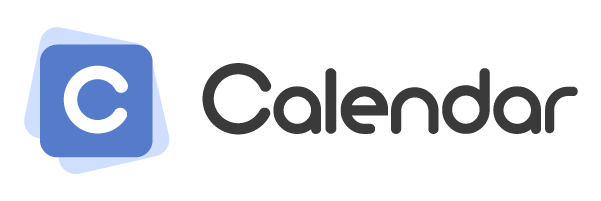

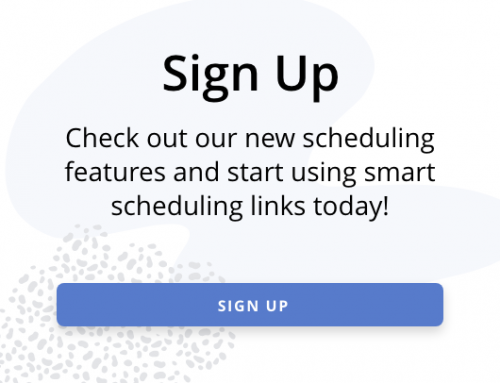



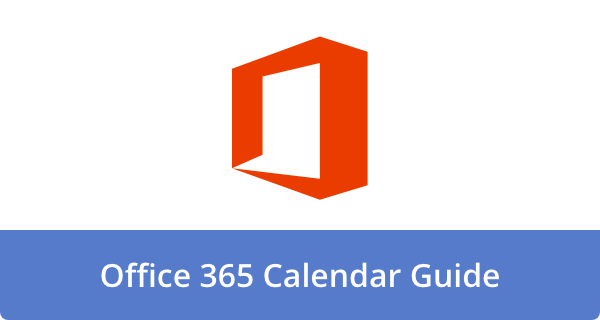
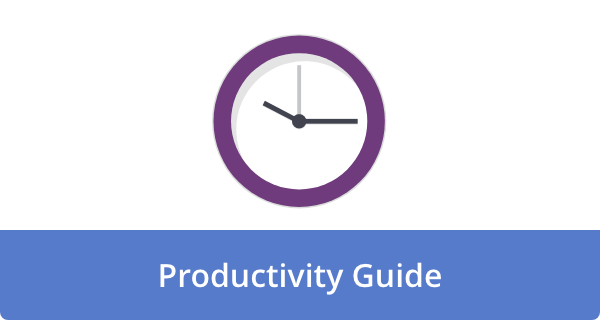
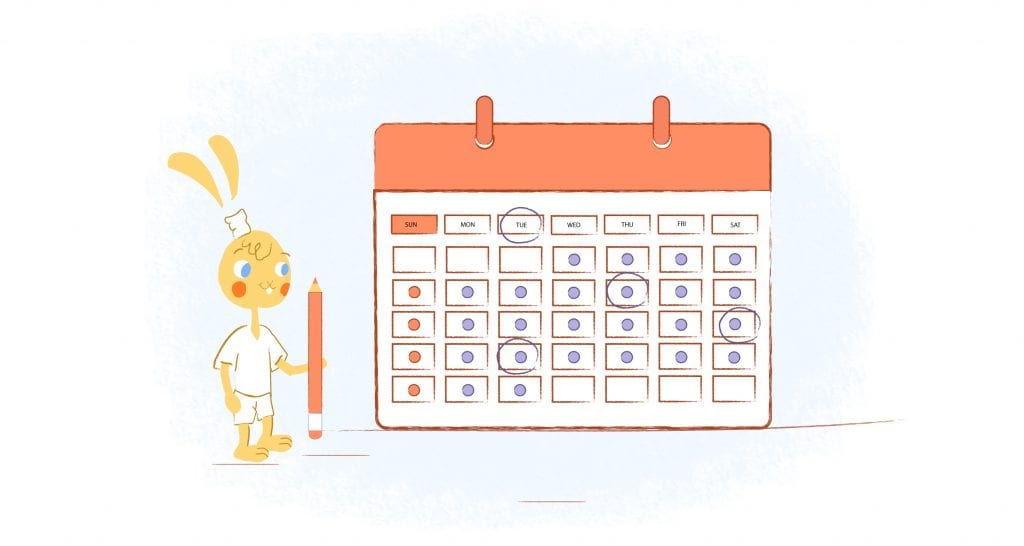


John Rampton
John’s goal in life is to make people’s lives much more productive. Upping productivity allows us to spend more time doing the things we enjoy most. John was recently recognized by Entrepreneur Magazine as being one of the top marketers in the World. John is co-founder of Calendar.